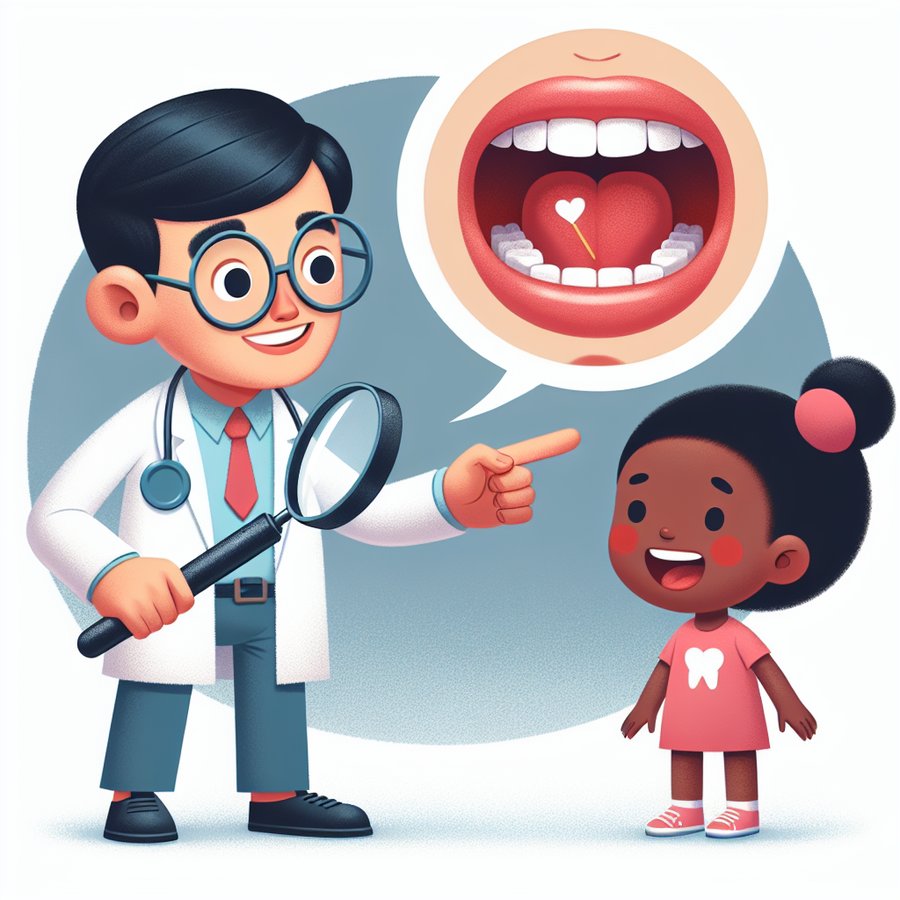Oral thrush is a common concern among new parents, spotting those creamy white lesions in your baby’s mouth can trigger an alarm. But what exactly is oral thrush, and how can you treat it to ensure your little one’s comfort and health? This detailed guide dives deep into understanding oral thrush, from its causes and symptoms to effective treatments and prevention strategies. Whether you’re dealing with your baby’s first case or seeking to prevent future occurrences, we’re here to provide you with the insights you need.
What is Oral Thrush in Babies?
Oral thrush, medically known as oropharyngeal candidiasis, is a yeast infection caused by the Candida albicans fungus. It’s particularly common in infants due to their developing immune systems being less capable of controlling the growth of this fungus, which is otherwise harmless in small quantities. The condition manifests as white or yellowish spots on the inside of the cheeks, tongue, gums, lips, or the back of the throat. These spots might look like cottage cheese and can be slightly raised.
It’s not uncommon for babies to experience oral thrush, and it’s typically not a serious condition. However, it can cause discomfort for your baby, leading to feeding difficulties and irritability. Understanding the symptoms and causes of oral thrush can help you seek timely treatment and make your little one more comfortable.
What Causes Oral Thrush in Babies?
Several factors can contribute to the development of oral thrush in babies. A primary cause is a weakened or immature immune system that allows the Candida fungus to overgrow. Antibiotic use is another common trigger, as these medications can kill off the healthy bacteria that naturally control Candida levels. Other factors include a recent birth, as babies can contract the fungus from their mothers during delivery, and the use of pacifiers or bottle nipples that are not adequately sterilized.
Understanding these causes can help parents take preventative measures, such as ensuring proper sterilization of feeding equipment and seeking alternatives to antibiotics when possible. However, if your baby does develop oral thrush, there are effective treatments available to alleviate their discomfort.
How to Identify Symptoms of Oral Thrush in Babies
The most noticeable symptom of oral thrush is the appearance of white or yellowish spots inside the baby’s mouth. These spots may be present on the tongue, inner cheeks, gums, lips, or throat. Babies with oral thrush may also show signs of discomfort, especially while feeding, due to the irritation caused by the infection. They may be fussy, irritable, or have trouble sleeping. In some cases, the white spots can merge to form larger lesions, which can bleed if scraped or brushed.
Noticing these symptoms early can help in seeking prompt treatment for your baby. It’s essential to consult a healthcare provider to confirm the diagnosis of oral thrush and to discuss the best treatment options for your little one.
Treating Oral Thrush in Babies
Treatment for oral thrush typically involves antifungal medications, which can be administered in the form of drops, gel, or oral suspension. These treatments work by reducing the Candida population in your baby’s mouth, alleviating symptoms, and preventing the spread of the infection. It’s important to follow the prescribed course of treatment even if the symptoms appear to improve before the medication is finished.
In addition to medical treatment, maintaining good oral hygiene for your baby is crucial. This includes sterilizing bottles, pacifiers, and breast pumps regularly to prevent reinfection. Breastfeeding mothers should also treat any signs of thrush on their nipples to avoid passing the infection back and forth. For more information on breastfeeding challenges and solutions, consider reading about breastfeeding on our site.
Preventing Oral Thrush in Babies
Prevention is key when it comes to oral thrush. Ensuring that all feeding equipment is sterilized thoroughly and regularly can significantly reduce the risk of thrush. Breastfeeding mothers should pay attention to nipple hygiene and treat any signs of thrush promptly. Additionally, limiting the use of antibiotics to when absolutely necessary can help maintain the balance of healthy bacteria in your baby’s system, which naturally keeps Candida growth in check. A balanced diet for breastfeeding mothers can also support a healthy microbiome in babies.
For further information on baby health and common conditions, exploring topics like acid reflux, diaper rash, and cradle cap on our website can provide you with a wealth of knowledge to support your baby’s well-being.
Oral thrush in babies is a common yet treatable condition. By understanding its causes, symptoms, and effective treatment and prevention strategies, parents can ensure their little ones remain comfortable and healthy. Remember, consulting a healthcare provider for a proper diagnosis and treatment plan is crucial for managing oral thrush. Your baby’s health and comfort are paramount, and with the right approach, oral thrush can be swiftly addressed.
(For more detailed information on oral thrush in babies, consider visiting the Centers for Disease Control and Prevention (CDC) website.)













